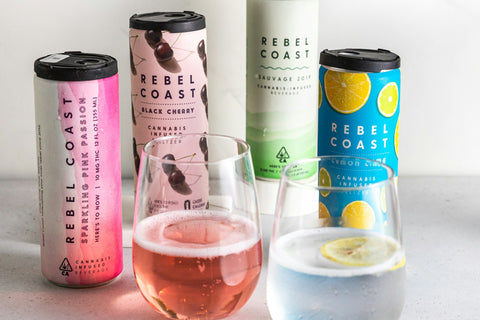Champagne, synonymous with celebration and luxury, has a rich history and intricate production process that sets it apart from other sparkling wines. Known for its effervescence and unique flavor profile, true Champagne can only come from the Champagne region of France. This blog post delves into the fascinating history of Champagne and the meticulous steps involved in its production, highlighting why it remains the sparkling wine of choice for special occasions.
The Origin of Champagne
Champagne's history dates back to the Roman era when vineyards were first planted in the Champagne region. However, it wasn't until the late 17th century that Champagne as we know it began to take shape. The development of the méthode champenoise (traditional method) is often attributed to the Benedictine monk Dom Pérignon, who played a crucial role in refining the process of making sparkling wine.

Key Milestones in Champagne's History
- 17th Century: Dom Pérignon and others in the Champagne region began experimenting with the production of sparkling wine, learning to control the natural fermentation process to create bubbles.
- 18th Century: The Champagne industry started to grow, with the establishment of famous houses such as Moët & Chandon, Veuve Clicquot, and Ruinart.
- 19th Century: Technological advancements, such as stronger glass bottles and corking methods, allowed for the safe production and transportation of Champagne.
The Champagne Production Process
The production of Champagne is a labor-intensive and highly regulated process that follows the traditional method, ensuring its high quality and distinctive character.
-
Harvesting: Grapes for Champagne are hand-picked to ensure only the highest quality fruit is used. The primary grape varieties include Chardonnay, Pinot Noir, and Pinot Meunier.
-
Pressing: The grapes are gently pressed to extract the juice, which is then fermented to produce a base wine. This first fermentation occurs in stainless steel tanks or oak barrels.
-
Blending: The base wines are blended to create a consistent house style. This blend can include wines from different vineyards, grape varieties, and vintages.
-
Second Fermentation: The blended wine is bottled with a mixture of sugar and yeast, initiating a second fermentation. This process, known as tirage, creates carbon dioxide, resulting in the wine's characteristic bubbles.
-
Aging: Bottles are aged on the lees (dead yeast cells) for a minimum of 15 months for non-vintage Champagne and at least three years for vintage Champagne. This aging process imparts complex flavors and a creamy texture.
-
Riddling and Disgorging: Bottles are gradually tilted and rotated (riddling) to collect the lees in the neck. The neck is then frozen, and the lees are removed (disgorging). The bottle is quickly topped off with wine and a small amount of sugar (dosage) before being sealed with a cork.
Why Champagne is Unique
Champagne's uniqueness lies not only in its strict production methods but also in the specific terroir of the Champagne region. The region's cool climate, chalky soil, and regulated production techniques contribute to the wine's distinctive flavor and effervescence.
Celebrating with Champagne
Champagne remains the go-to sparkling wine for celebrations due to its historical significance, sophisticated production process, and unrivaled quality. Whether you're toasting a milestone, ringing in the New Year, or simply enjoying a luxurious evening, Champagne adds a touch of elegance and festivity.
Find the Best Champagne at Five Towns Wines & Liquors
At Five Towns Wines & Liquors in New York, we offer an exquisite selection of Champagne from renowned houses and boutique producers. Visit us to find the perfect bottle for your next celebration or to simply indulge in the rich history and refined flavors of this exceptional wine.


